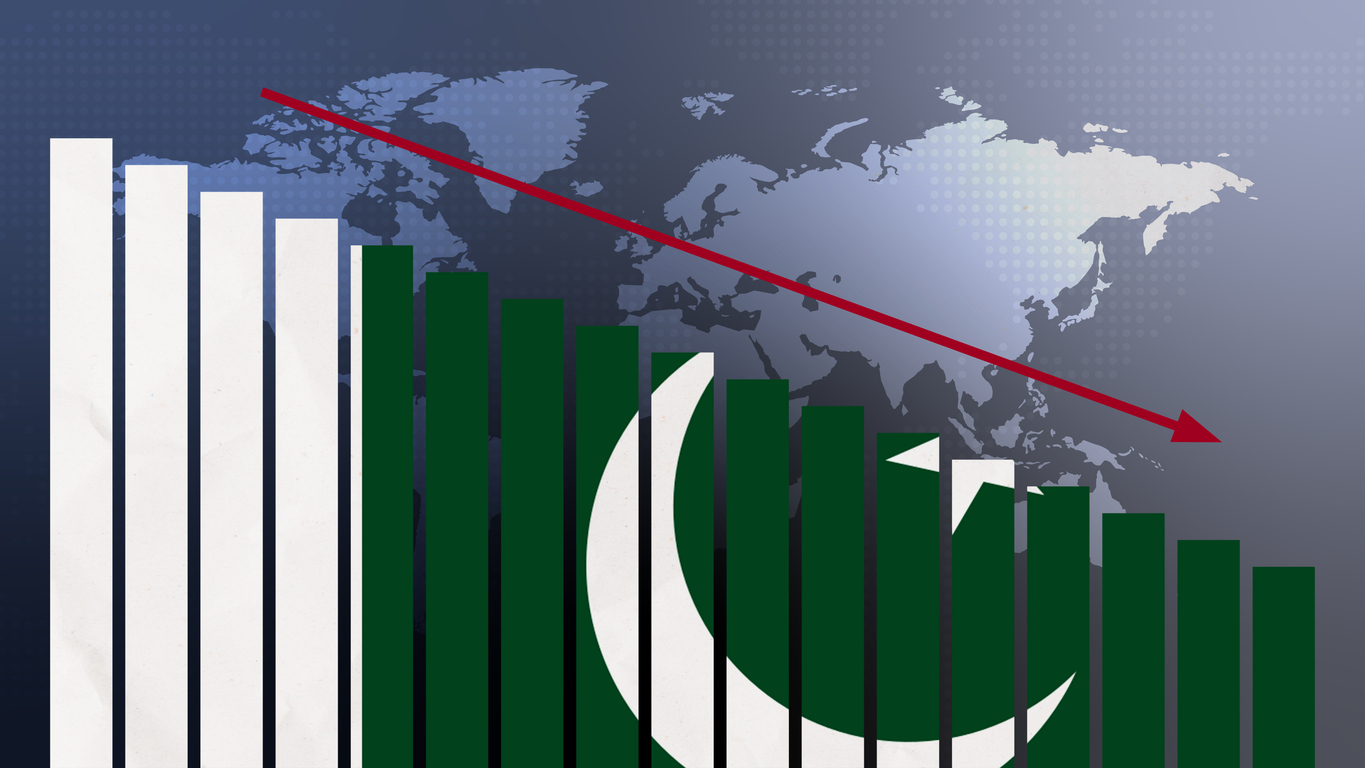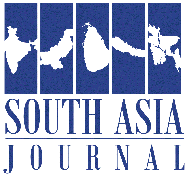
Pakistan is witnessing a long-awaited economic resurgence—one grounded not just in sentiment, but in hard numbers. A confluence of stabilizing macroeconomic indicators, renewed investor confidence, global financial support, and prudent monetary management is shifting Pakistan’s trajectory from recovery to revival. After years of economic volatility, the country’s current momentum offers a window of opportunity to transition from short-term stabilization to long-term, inclusive growth.
At the heart of this revival lies the State Bank of Pakistan’s strengthening position. The central bank’s reserves have climbed to $11.45 billion—its highest in 14 weeks—on the back of a $1 billion IMF disbursement. Total national foreign exchange reserves now stand at $16.65 billion, a seven-month high. More importantly, the reserves now cover over 70 days of imports, significantly easing the external sector’s pressure and reinforcing financial stability. These numbers are not mere statistics; they represent Pakistan’s re-entry into a zone of manageable external risk.
What further underscores this upward trend is the surge in investor confidence. The Pakistan Stock Exchange’s benchmark KSE-100 index has broken historic barriers, touching an intraday high of 120,508 points. The momentum was so strong that circuit breakers were briefly triggered—a reflection of market exuberance not seen in years. This surge followed closely after the IMF tranche release and the ceasefire agreement with India, which sent a clear signal of improving geopolitical stability—something investors watch as closely as financial fundamentals.
Parallel to capital markets, institutional and business sentiment has also turned a corner. The Overseas Investors Chamber of Commerce and Industry (OICCI) Investor Confidence Index jumped to +17%, while the investment outlook rose to a striking +31%. Business confidence surged by 16 points, reaching +11%. These figures reveal not only optimism but also tangible interest in expanding operations, hiring, and investment—especially within the manufacturing and retail sectors, which showed confidence gains of 18 and 20 points respectively.
The macroeconomic canvas further strengthens this positive picture. Inflation has declined to 0.7%, providing much-needed breathing room for consumers and space for potential monetary easing. The rupee has held stable at 280.95/USD, insulating importers and exporters from the exchange rate volatility that previously plagued business planning and pricing. A stable currency, coupled with subdued inflation, becomes the anchor of a credible investment environment.
At the core of this economic turnaround is a convergence of smart fiscal management, targeted international support, and a clear strategic direction. The IMF’s approval of $1.4 billion in climate resilience funding—with a $216 million tranche expected in September—demonstrates confidence in Pakistan’s institutional frameworks. It is also an acknowledgment that economic growth must now walk hand-in-hand with climate sustainability. This funding is not merely an injection of liquidity; it’s an affirmation of Pakistan’s pivot toward climate-adaptive development. For an agriculture-dependent economy increasingly vulnerable to extreme weather events, this is a crucial component of long-term resilience. If deployed effectively, this funding can finance critical green infrastructure, water management systems, and climate-smart agriculture—safeguarding both livelihoods and the economy.
However, Pakistan’s economic team cannot afford complacency. Reserve growth must be sustained through a diversified strategy focused on exports, remittances, and foreign direct investment. A stable rupee must be defended through continued structural reforms, including fiscal consolidation, tax reform, and broadening the export base. Inflation must be monitored to prevent supply shocks from eroding recent gains. At the same time, the government must capitalize on the PSX’s momentum to deepen the capital markets. Regulatory transparency, corporate governance, and robust institutional oversight are essential to converting speculative gains into long-term investments. The time is ripe to attract institutional investors, introduce new financial instruments, and promote equity participation in the real economy.
Geopolitics, too, must remain a priority. The ceasefire agreement with India has already begun yielding economic dividends, as reflected in the stock market and currency stability. Regional peace and diplomatic normalization are not merely foreign policy goals—they are enablers of economic growth. A consistent, non-confrontational external posture will further enhance investor confidence. The government must also double down on its communication strategy. One of the most overlooked aspects of economic management is narrative control. Clear messaging on reforms, continuity in economic policy, and proactive engagement with international partners are key to maintaining market confidence. Clarity is currency in today’s interconnected financial world.
Pakistan’s current trajectory proves that course correction is possible, even in the face of daunting odds. A year ago, headlines focused on looming default risks and runaway inflation. Today, the conversation has shifted to investor optimism, rising reserves, and economic resilience. But success will depend on continuity, discipline, and inclusive vision. The global economy is watching. If Pakistan can consolidate its gains, deliver on promised reforms, and stay the course on stability, it can transform this fragile turnaround into a sustainable, equitable, and future-proof economy. The signs are promising. The moment is now.
